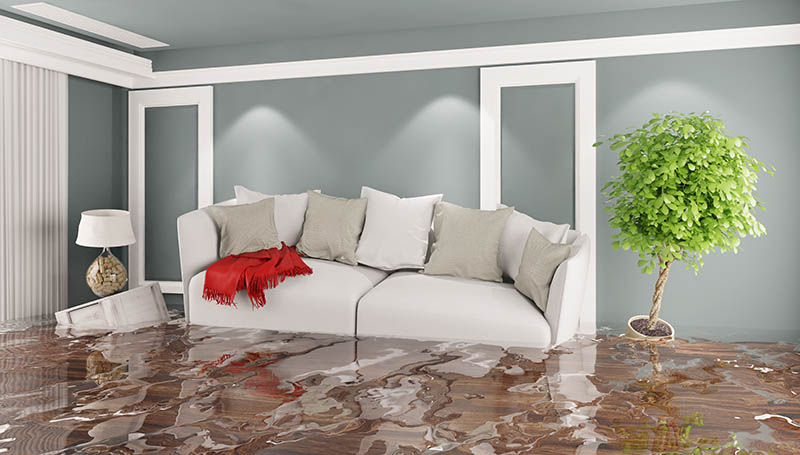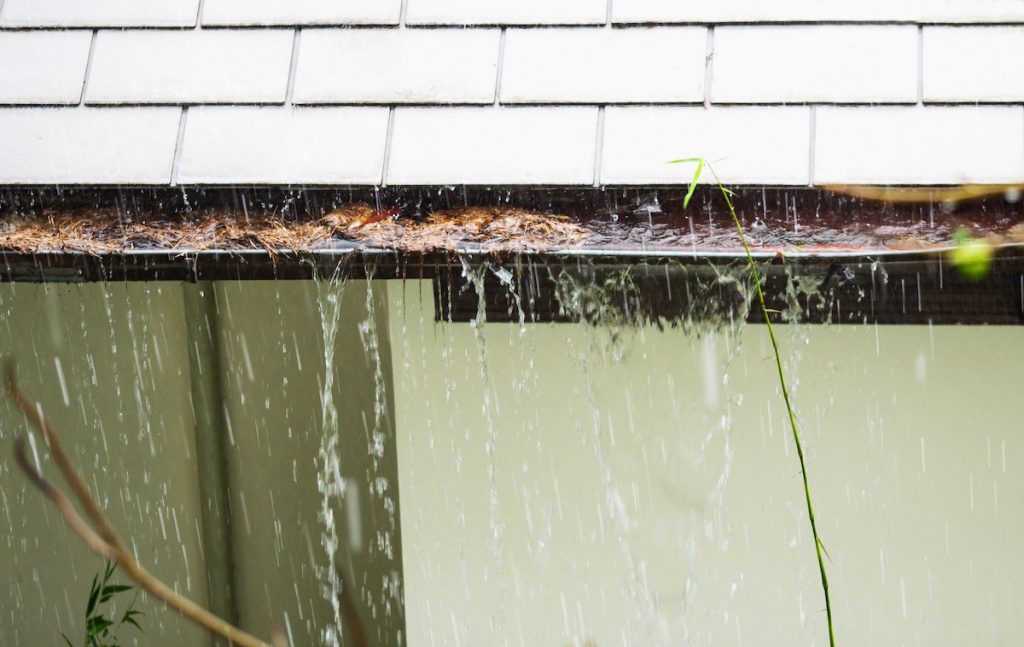The House's Common Typical Triggers of Water Leaks: Thorough Investigation
The House's Common Typical Triggers of Water Leaks: Thorough Investigation
Blog Article
They are making a few good annotation related to How to detect water leaks in your home overall in this content underneath.

Leaks not just create waste of water yet can also cause unneeded damage to your house and also advertise undesirable natural development. Water leaks may go unnoticed since many of the pipework in our residence is hidden. By looking and recognizing for day-to-day situations that trigger leakages, you can secure your residence from future leaks and unneeded damages. Today, we will look at six leak triggers that might be creating your pipes to leak.
Elbowing in roots
A lot of water leaks start outside the house rather than inside it. You may observe wet spots or sinkholes in your lawn, and that may mean that tree origins are getting into water lines triggering water to leak out.
Corroded water systems
This could be the cause of staining or bending on your water pipelines. If our plumbing system is old, think about replacing the pipelines given that they are at a higher threat of deterioration than the newer models.
Malfunctioning Pipe Joints
Pipeline joints can degrade over time, resulting in water leakages. If you have loud pipes that make ticking or banging noises, especially when the warm water is transformed on, your pipeline joints are probably under a lot of pressure.
Instant temperature level changes.
Severe temperature changes in our pipelines can trigger them to broaden as well as contract all of a sudden. This development and also contraction might cause cracks in the pipelines, especially if the temperature level are below freezing. It would be best if you watched on just how your plumbing works. The presence of the previously pointed out conditions regularly indicates a high risk.
Poor Water Connectors
At times, a leak can be created by loose hoses and also pipes that supply your appliances. In situation of a water connections leak, you might discover water running straight from the supply line or puddles around your home appliances.
Blocked Drains
Blocked drains may be irritating and also inconveniencing, yet they can sometimes end up triggering an overflow leading to rupture pipes. Maintain eliminating any products that might go down your drains that could clog them to avoid such hassles.
All the above are causes of leaks but not all water leakages result from plumbing leakages; some leaks may come from roof covering leaks. All leakages ought to be repaired instantly to stay clear of water damages.
Leaks not just cause waste of water however can likewise create unneeded damage to your house and also advertise undesirable organic growth. By recognizing and also looking for daily circumstances that trigger leaks, you can secure your house from future leakages as well as unnecessary damage. Today, we will look at 6 leakage creates that might be causing your pipelines to drip.
At times, a leakage can be triggered by loose pipes and pipelines that supply your appliances. In situation of a water connections leakage, you may discover water running directly from the supply line or puddles around your home appliances.
How To Check For Water Leak In Your Home
How To Check for Leaks
The average household's leaks can account for nearly 10,000 gallons of water wasted every year and ten percent of homes have leaks that waste 90 gallons or more per day. Common types of leaks found in the home are worn toilet flappers, dripping faucets, and other leaking valves. These types of leaks are often easy to fix, requiring only a few tools and hardware that can pay for themselves in water savings. Fixing easily corrected household water leaks can save homeowners about 10 percent on their water bills.
To check for leaks in your home, you first need to determine whether you're wasting water and then identify the source of the leak. Here are some tips for finding leaks:
Take a look at your water usage during a colder month, such as January or February. If a family of four exceeds 12,000 gallons per month, there are serious leaks.
Check your water meter before and after a two-hour period when no water is being used. If the meter changes at all, you probably have a leak.
Identify toilet leaks by placing a drop of food coloring in the toilet tank. If any color shows up in the bowl after 10 minutes, you have a leak. (Be sure to flush immediately after the experiment to avoid staining the tank.)
Examine faucet gaskets and pipe fittings for any water on the outside of the pipe to check for surface leaks.
Undetected water leaks can happen without the home or business owner even realizing. If you suspect a water leak, but not able to find the source. It is time to contact a professional water leak detection service, The Leak Doctor.
How To Find a Water Leak In Your Home
https://www.leakdoctor.com/blog/How-To-Check-For-Water-Leak-In-Your-Home_AE197.html

Do you really like reading up on How to detect water leaks in your home? Create a short review below. We'd be pleased to listen to your ideas about this blog entry. We are looking forward that you come back again in the near future. Sharing is caring. Helping people is fun. Thanks for your time invested reading it.
Professional approach assured. Report this page